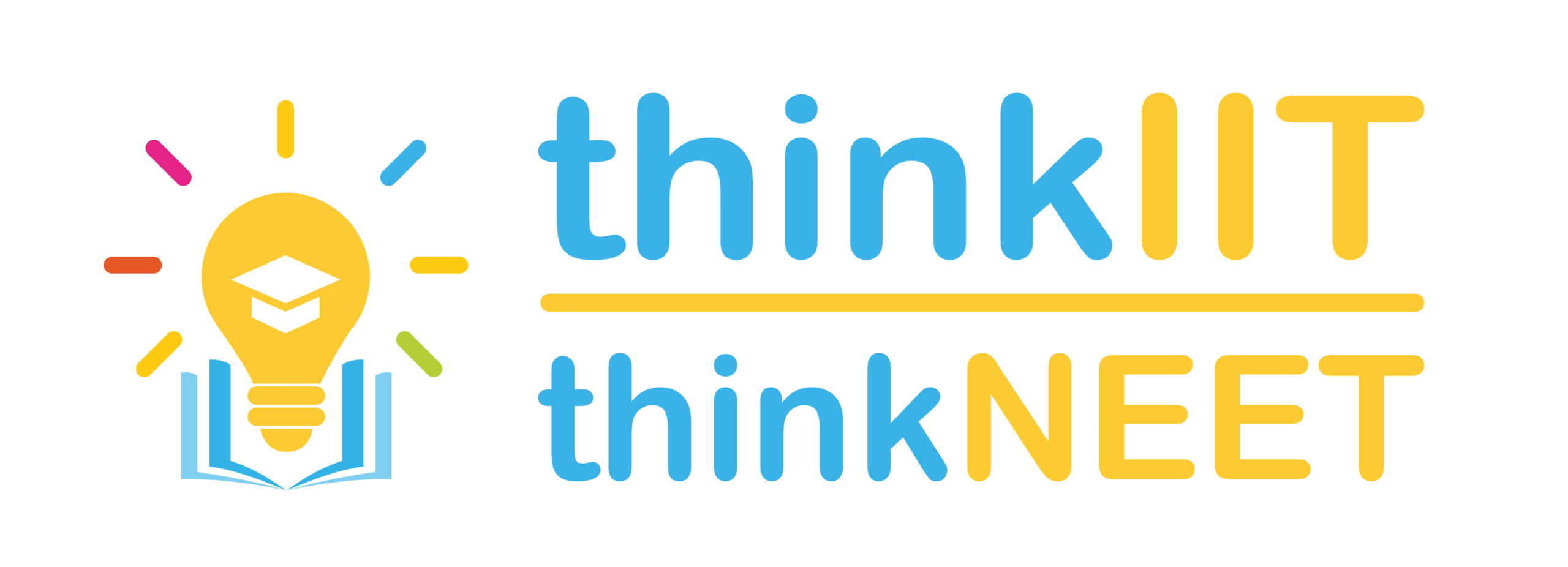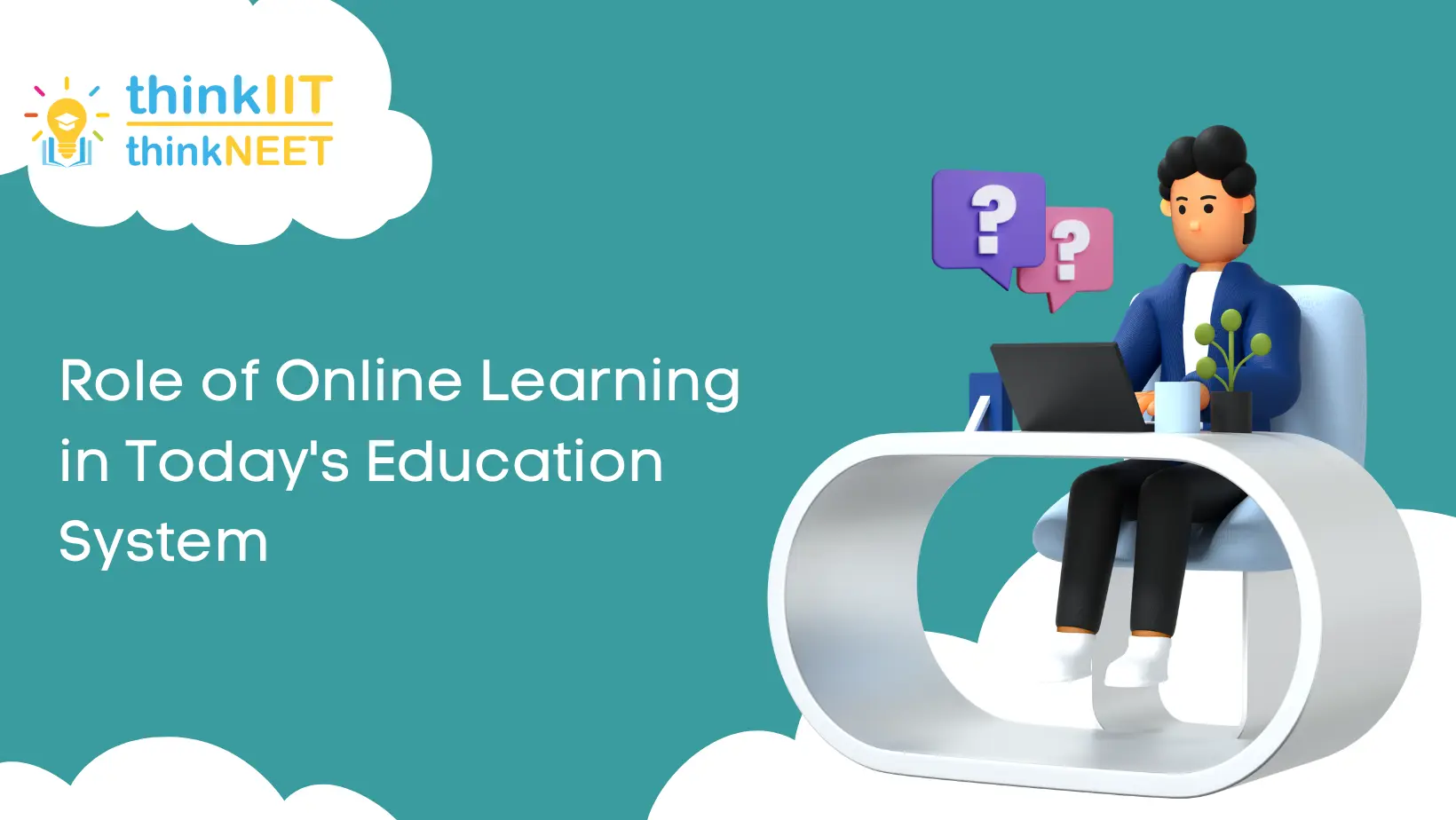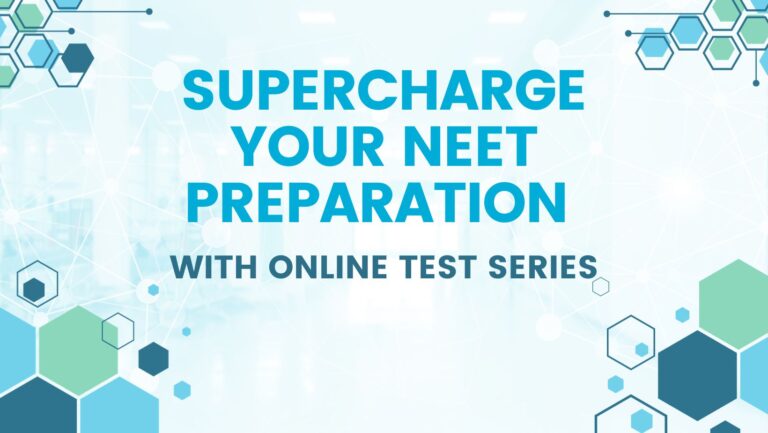Online learning has become increasingly popular in recent years, particularly during the COVID-19 pandemic. As a digital form of education, it has provided students with access to high-quality education, even if they cannot attend traditional brick-and-mortar schools. In this article, we will discuss the role of online learning in today’s education system and how it has impacted students and educators alike.
Introduction
Online learning, or e-learning, refers to the use of electronic media and technologies to facilitate learning. The first online courses being offered in the 1990s. Since then, it has evolved significantly with the advent of new technologies and innovations.
Accessibility and Flexibility
Online learning has several advantages, including increased accessibility and flexibility. It has made education more accessible for students with disabilities, who may have previously faced barriers to traditional education. Additionally, it allows for flexibility in terms of when and where students can learn, as they can study at their own pace and from any location with an internet connection. The availability of a wide range of courses and programs has also expanded educational opportunities for students.
Cost-Effectiveness
Another advantage of online learning is cost-effectiveness. It has reduced costs for institutions and students, as there are no transportation or housing expenses to consider. Additionally, textbooks and other materials can often be accessed digitally, reducing costs further.
Technology and Innovation
Online learning has also brought about various technological innovations in education. It has led to the integration of multimedia and interactive tools in learning, making it more engaging and interactive for students. Additionally, online learning has adapted to changing technological trends, ensuring that it remains relevant and effective.
Personalized Learning Experience
Online learning has enabled a more personalized learning experience for students. Customized learning paths, tailored assessments, and evaluations, as well as opportunities for collaboration and communication, have been made possible through online learning.
Challenges and Limitations
However, there are also some challenges and limitations associated with online learning. The lack of face-to-face interaction and socialization can be a disadvantage for some students. Additionally, it can be challenging to maintain student motivation and engagement without in-person interactions. Technological issues and barriers to access can also pose challenges for some students.
Impact on Educators
Online learning has also impacted educators, who have had to adapt their teaching methods and styles to suit online platforms and tools. It has also led to an increased use of technology in instruction, allowing for more innovative and engaging teaching methods.
Future of Online Learning
Online learning is likely to continue to grow and expand in the future. The development of new technologies and tools will likely contribute to its continued evolution and integration with traditional educational systems.
Conclusion
Online learning has become an essential component of today’s education system, providing students with accessibility, flexibility, and personalized learning experiences. While it does have its challenges and limitations, the benefits it offers cannot be ignored. With the continued growth and evolution of online learning, it is likely to play an increasingly important role in the future of education.
Powered By thinkIIT
Follow us on
Facebook
Twitter
Instagram
FAQs
Is online learning as effective as traditional classroom learning?
When designed and delivered effectively, online learning can be just as effective as traditional classroom learning. However, it may not be suitable for all students or subjects.
Can online learning be used in K-12 education?
Yes, online learning is being used in K-12 education and it has shown to be effective in many cases. However, it requires careful planning and support from educators and parents.
Can online learning be used for hands-on or laboratory-based courses?
While online learning can be challenging for hands-on or laboratory-based courses, it is still possible to incorporate interactive simulations, virtual labs, and other technologies to provide students with practical learning experiences.


